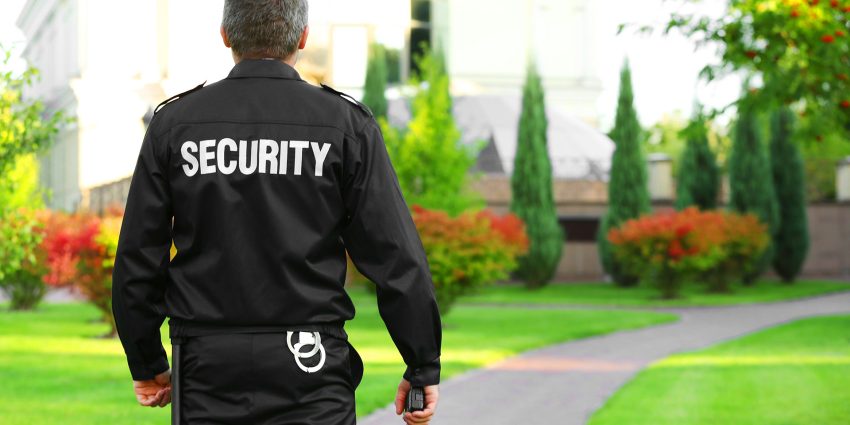A badge. A clipboard. A steady presence by the door. On the surface, a security guard might look like a symbol of order. But in a real emergency, the uniform alone won’t save the day.
The real question isn’t if your guards look the part, it’s if they’re ready when it matters most.
Emergencies Aren’t Theoretical
When things go wrong, they go wrong fast. Fire alarms. Medical situations. Unauthorized intrusions. Real emergencies don’t leave time to pull out a manual or guess the next move.
Training turns instinct into action. Without it, even the calmest presence can crumble when pressure hits.
What Real Training Looks Like
Good training isn’t just walking a perimeter or checking IDs. It’s knowing how to react when the routine breaks down.
Proper emergency preparation should include:
- Crisis communication and how to stay calm under pressure
- Evacuation procedures and crowd management
- Conflict de-escalation tactics to prevent chaos from escalating
- Basic first aid and response to medical incidents
- Coordination with local law enforcement and emergency services
Without these skills, a security guard is just another person in the crowd when the unexpected strikes.
Practice Beats Paperwork
It’s easy to hand someone a binder of procedures and hope for the best. Real training? It’s active. It’s messy. It’s practice under simulated stress.
Drills, scenario training, and on-the-spot decisions all build muscle memory. So when a real emergency hits, the response isn’t a guess. It’s a habit.
It’s About More Than Security
Well-trained guards protect more than buildings. They protect people, employees, visitors, and clients. They safeguard reputations. They maintain the calm when the world feels anything but.
And when they do their job right, most people will never even realize there was a threat to begin with.
Conclusion
Real emergencies don’t wait for the perfect moment. They hit when you least expect them. Having a team trained to move, react, and lead under pressure isn’t just smart, it’s necessary.
When the moment comes, you won’t care how crisp the uniform looks. You’ll care that the person wearing it knows exactly what to do.

